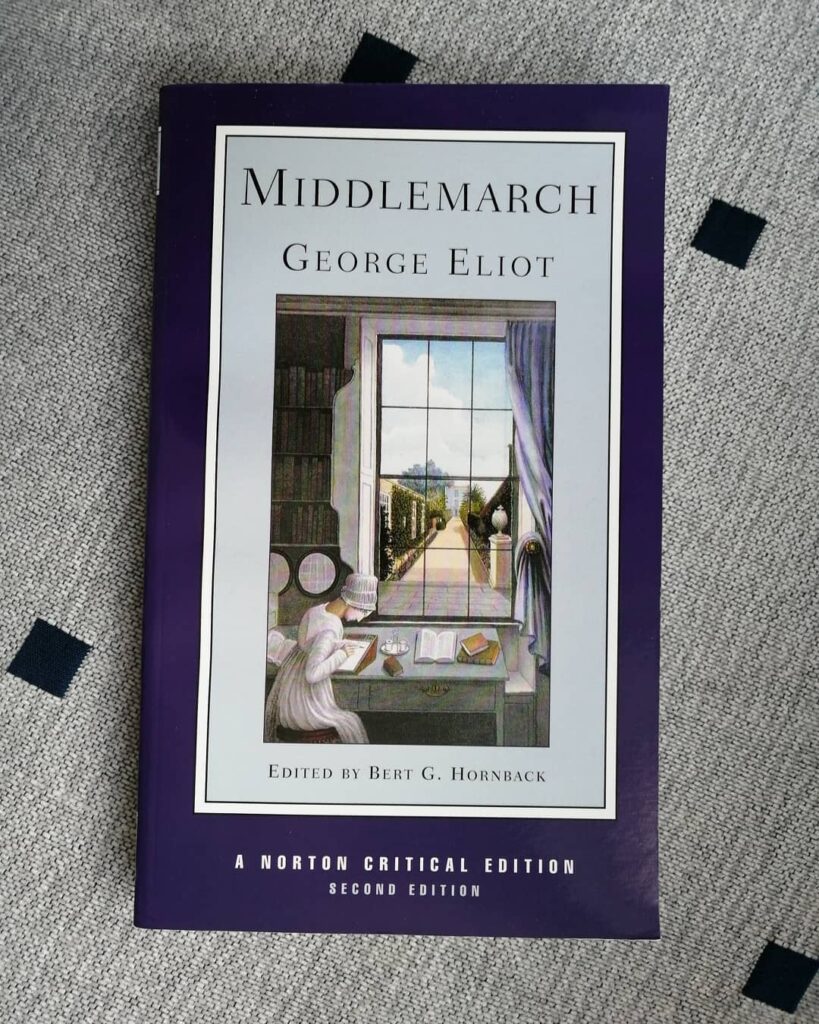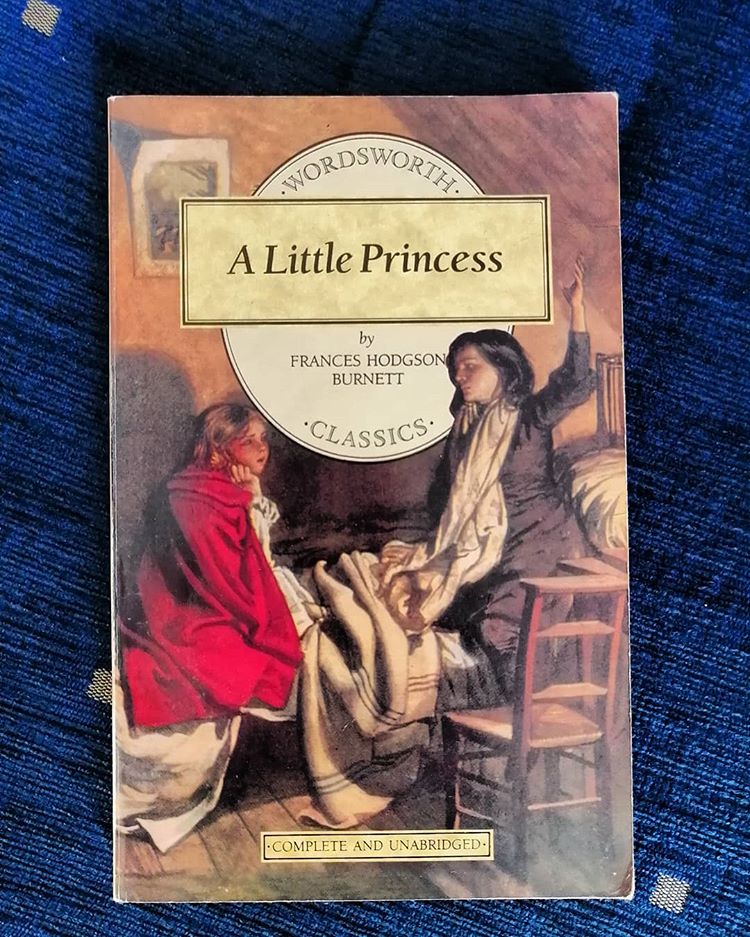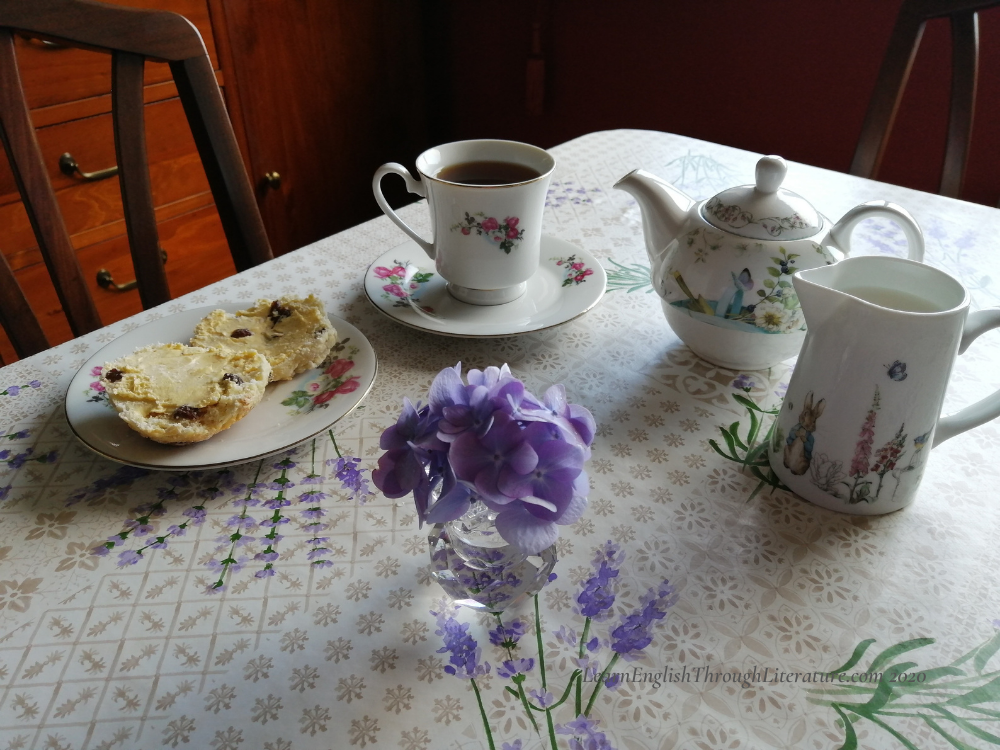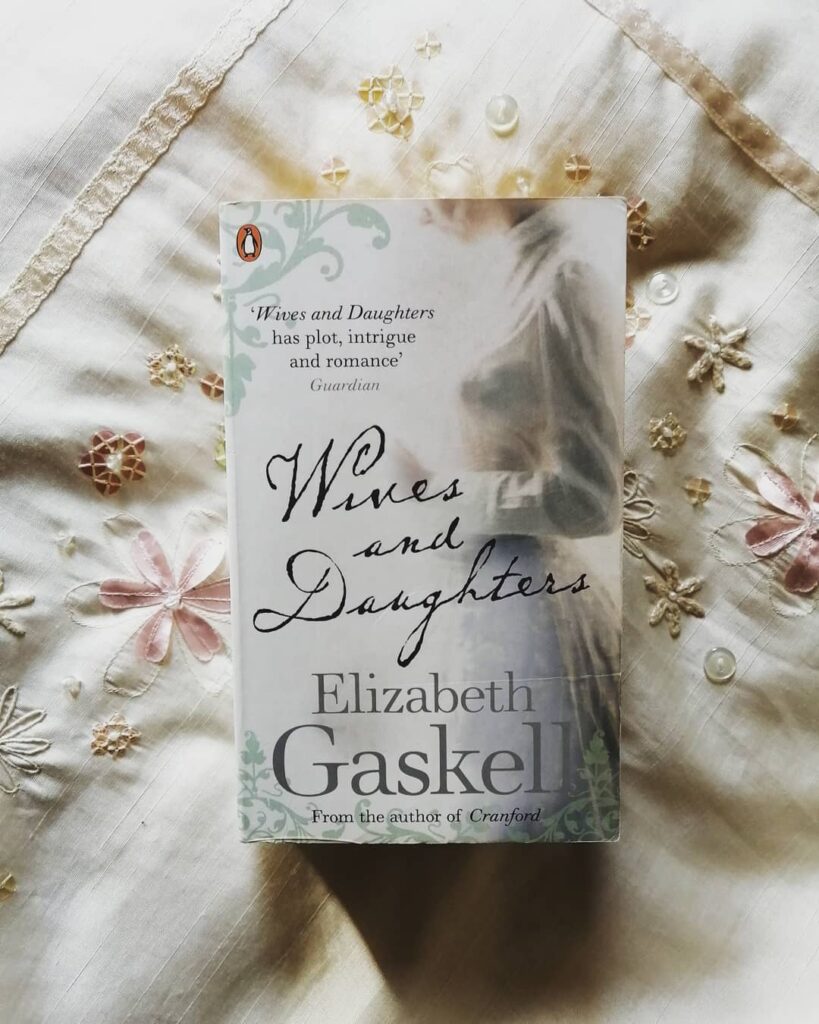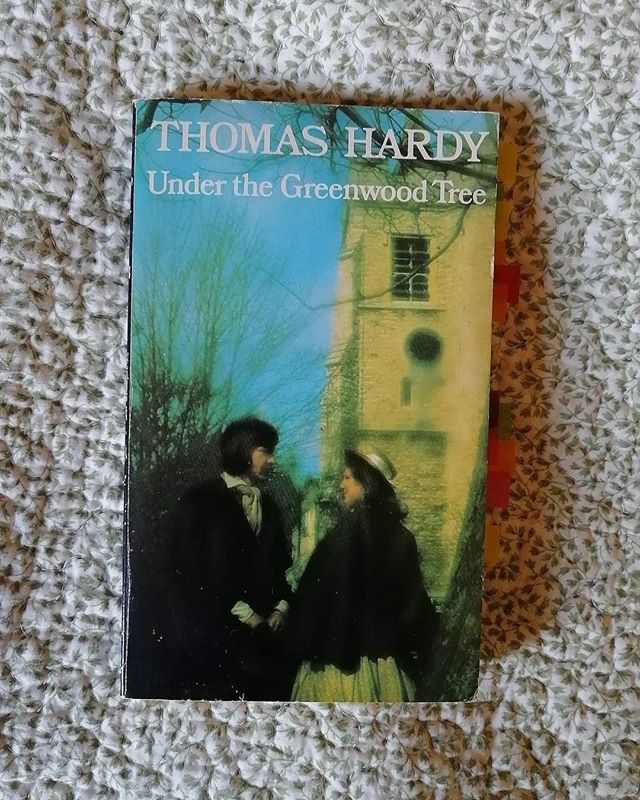Lesson #123: Discovering a Writing Style or Voice That Reflects Personality (Part 1)
One of the most rewarding stages in language learning is when you begin to have your own STYLE or VOICE in the language you have been studying. As a proofreader of various texts, I must exercise caution when correcting a text so that I do not end up changing the writer’s style, but rather know […]
Lesson #123: Discovering a Writing Style or Voice That Reflects Personality (Part 1) Read More »


